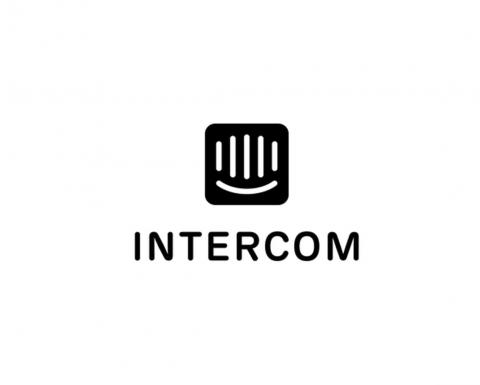Protect sensitive data in customer conversations with Nightfall's Intercom DLP Scanner
Chat and messaging systems have helped customer experience teams expand and improve the services they offer through instant communications. As customers reach out to your business via platforms like Intercom, they can often share personal information like personally identifiable information (PII), credentials, email addresses, and credit card numbers (for PCI compliance) in their messages.







